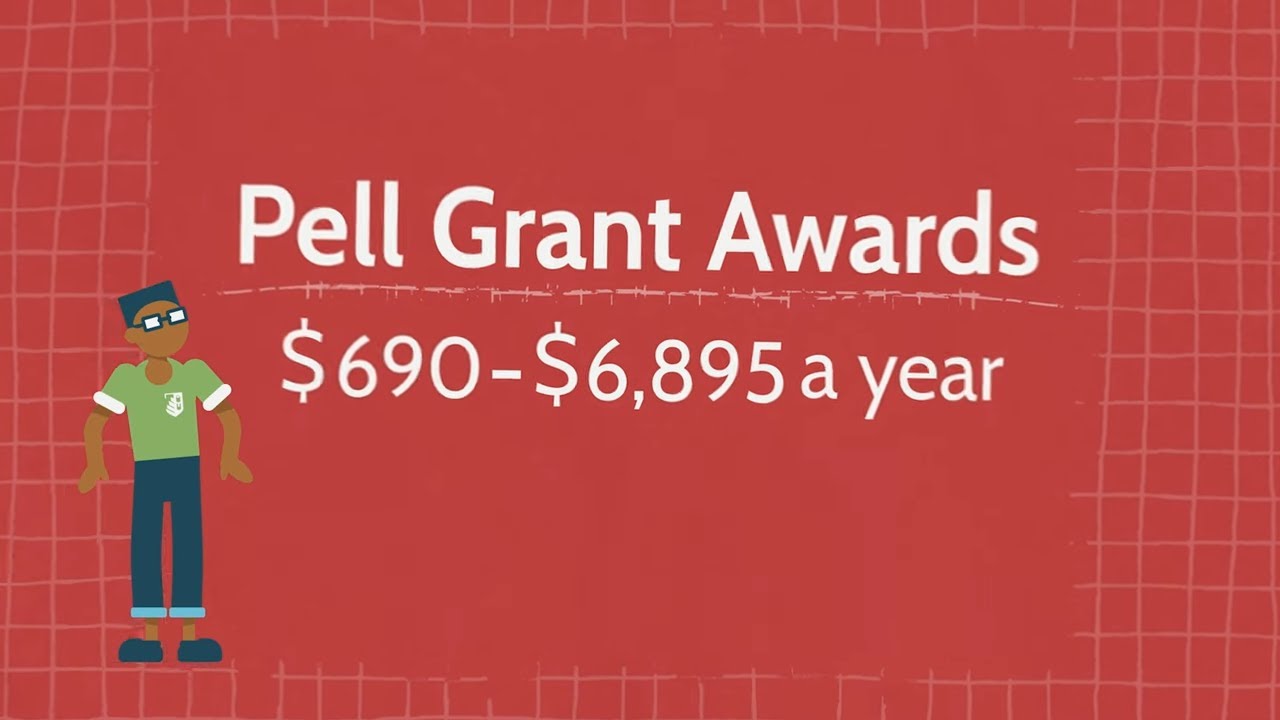
What Does Pell Grant Mean?
The Pell Grant is a subsidy provided by the federal government to students who require financial aid while attending college. They are awarded to undergraduate and graduate students with demonstrated need.
For most of its history, President and Congress have funded Pell grants through annual appropriations. This amount accounts for about 80 percent of the program’s overall funding.
What is a Pell Grant?
A Pell Grant is a federal need-based grant that assists students with college costs. Unlike student loans, however, the grant typically doesn’t need to be repaid.
The amount of the Pell Grant a student receives depends on financial need, cost of attendance, status as either full-time or part-time student and whether they plan to remain in school for an entire academic year or less. Eligible students must complete the Free Application for Federal Student Aid (FAFSA) each year they wish to receive this aid.
Pell Grant awards are determined by a set of award rules designed to guarantee that neediest students receive the highest awards available within each category. Recently, legislative changes made to need analysis calculation and Pell Grant award rules that were enacted under authorizing or budget reconciliation legislation have provided relief to students and expanded eligibility.
How do I apply for a Pell Grant?
The Pell Grant is a need-based financial aid program administered by the government that assists undergraduate students with low incomes to afford college. These funds don’t need repayment and can last up to six years or 12 academic terms.
The initial step in applying for federal student aid is to fill out the Free Application for Financial Aid, commonly referred to as FAFSA. With this form, the government will assess your eligibility for a Pell Grant.
You may be eligible to receive up to $6,495 annually if you’re enrolled in an undergraduate degree or certificate program that meets the eligibility requirements. Unfortunately, graduate students and those pursuing certain post-baccalaureate teaching certification programs aren’t eligible for the full amount of a Pell Grant.
Your Pell Grant award is split into two parts, determined by your enrollment status and Expected Family Contribution (EFC). You’ll receive half of your award during the fall semester and the other half in the spring.
What are the requirements to receive a Pell Grant?
The Pell Grant is a federal aid program with specific criteria that must be fulfilled in order to be eligible. These include financial need, income limits and other elements.
Before anything else, you must complete the Free Application for Federal Student Aid (FAFSA). This form can be completed either electronically or with a hard copy.
Once you submit your FAFSA, a report will be generated that displays how much federal student aid you are eligible for based on your Expected Family Contribution (EFC) and the school’s estimated cost of attendance.
If you meet all of the eligibility requirements for the Pell Grant, your grant will be issued to you in a payment called a disbursement. This payment goes toward covering tuition, fees and, if applicable, room and board costs.
How do I receive my Pell Grant?
To apply for a Pell Grant, the first step is completing the Free Application for Federal Student Aid (FAFSA). After you submit the FAFSA, you will receive a Student Aid Report which indicates how much money may be available to you.
Your financial aid amount will depend on several factors. These include your expected family contribution (EFC), the cost of attendance at school and degree program, whether you are part-time or full-time student, and more.
Your Pell Grant award is determined by a formula that takes all these factors into account and changes annually, so don’t expect the same amount every year.
Your school may have specific academic standards that must be met in order to graduate, such as having a certain GPA or enrolling in at least X number of hours. Be sure to inquire with them to learn more about what those are.
